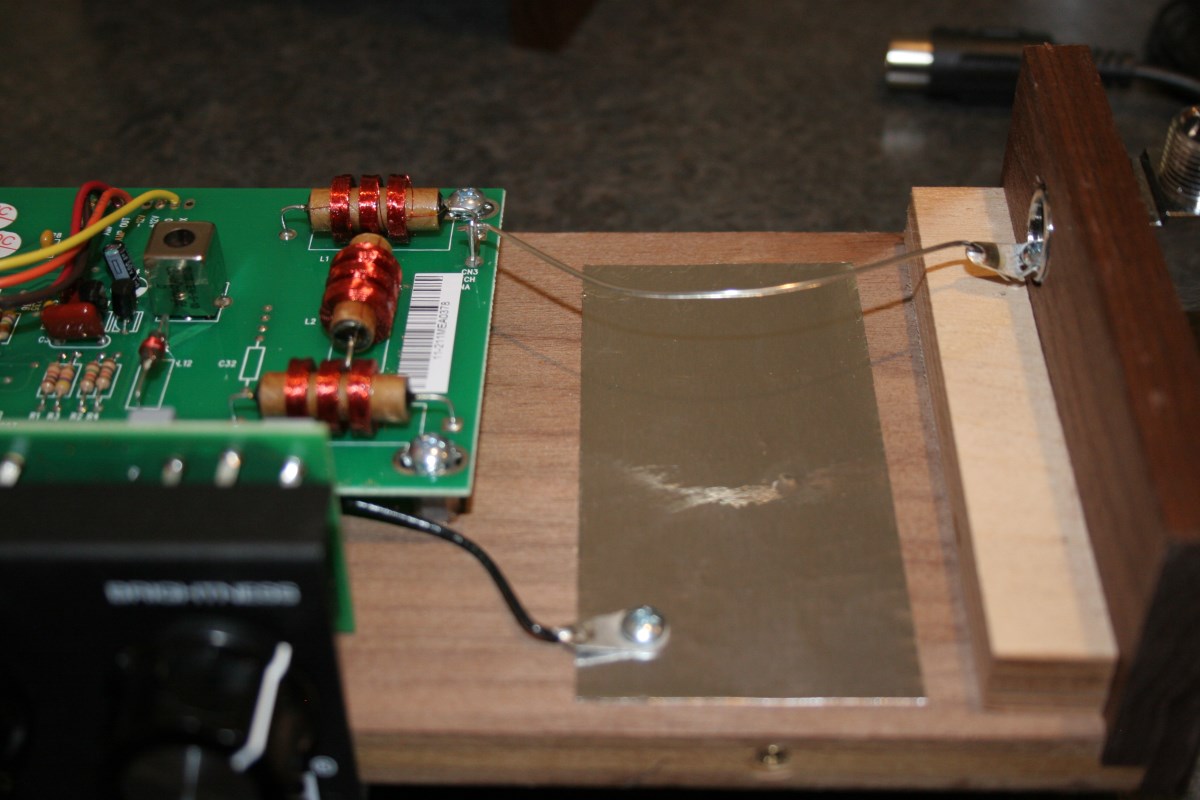Was this a factory-new theremin, and/or has it ever worked correctly?
You seem to have several different issues all at the same time and it's getting difficult to sort them out. If you do have major problems a return or repair at a Moog authorized service facility might be in order. You may have problems caused by the fall, but they also may be due to being new to the theremin and sometimes it takes a while to understand how everything works. Let's go through the basics. You may already know these if you have been playing for a while, but to identify any real problem with the theremin these things have to be understood or set correctly first:
Important: Make sure your theremin is at least a few feet away from anything metallic. Even plastic will affect the tuning so you want to have a reasonable open space on all sides of your theremin.
Sound, tone, timbre
1) I wouldn't worry about this until you have the theremin pitch and volume set up correctly first.
2) Harshness is subjective, and your Etherwave's range of sounds might be perfectly normal but you haven't learned how to map out the most pleasing sounds using the infinite combination of the brightness and waveform knobs.
3) And even if the range of tones is normal you may simply not like how a stock Etherwave sounds (some don't) in which case there are modifications that can be made. But not yet.
Volume Side
1) Make sure that you've watched online videos showing how to tune your theremin. Carolina Eyck has some good ones.
2) The volume knob (not the phones volume knob) sets the response contour of the volume antenna. Fully CCW will give the most gradual response with the range from full cutoff to full volume occurring over 10cm or more of movement with your volume hand.
3) Fully CW will result in a very sharp response like the one you describe going from cutoff to full volume in 2cm or even less, and this generally occurs very close to the loop antenna.
4) Severe mistuning of the volume circuit (I'm talking about internal tuning) can indeed result in total cutoff or muting of sound - that's why I previously suggested that you check the full knob range if you're not hearing any sound. If internal tuning is correct then any tuning of the volume knob will allow you to hear something somewhere, even if the knob needs to be off center for your idea of what is normal.
5) The response of the volume side will be gentler if you play flat-handed above the antenna rather than off the front edge of the loop. Flat-handed playing has some limitations though as you'll find later.
6) Don't worry if you hear a chirp if you touch the volume antenna. Etherwaves do that.
Pitch side
1) See 1) above.
2) You've no doubt noticed that tuning the pitch knob (or volume) is a hit or miss process since your arm affects the pitch. For the Etherwave you should be seated or standing slightly to the volume-side of center in front of the theremin so that your wrist, lower thumb knuckle, or some other preferred reference just reaches the pitch antenna.
3) Tune the pitch knob until the sound stops at zero beat. Now turn the knob CCW past the zero-beat until the sound starts again and you hear a low note. As you bring your closed hand vertically back against your chest the note should lower until ideally it is zero at your chest, and you should adjust the knob until this happens. This way you are always increasing pitch as your arm moves forward.
4) Watch Carolina Eyck to learn how to further refine the pitch knobs setting so that you can obtain octave intervals when going from a closed hand to open hand position.
5) Be forewarned that sometimes a mistuned Etherwave won't start making sound until you get very close to or touch the pitch antenna. It will usually continue working after that but any power interruption or even plugging in a cable might kill the oscillator and required doing the same thing again.
Try to take the above steps, and assuming you do have some real problems related to the fall, try to sort them out as volume or pitch specific and describe what you find.







